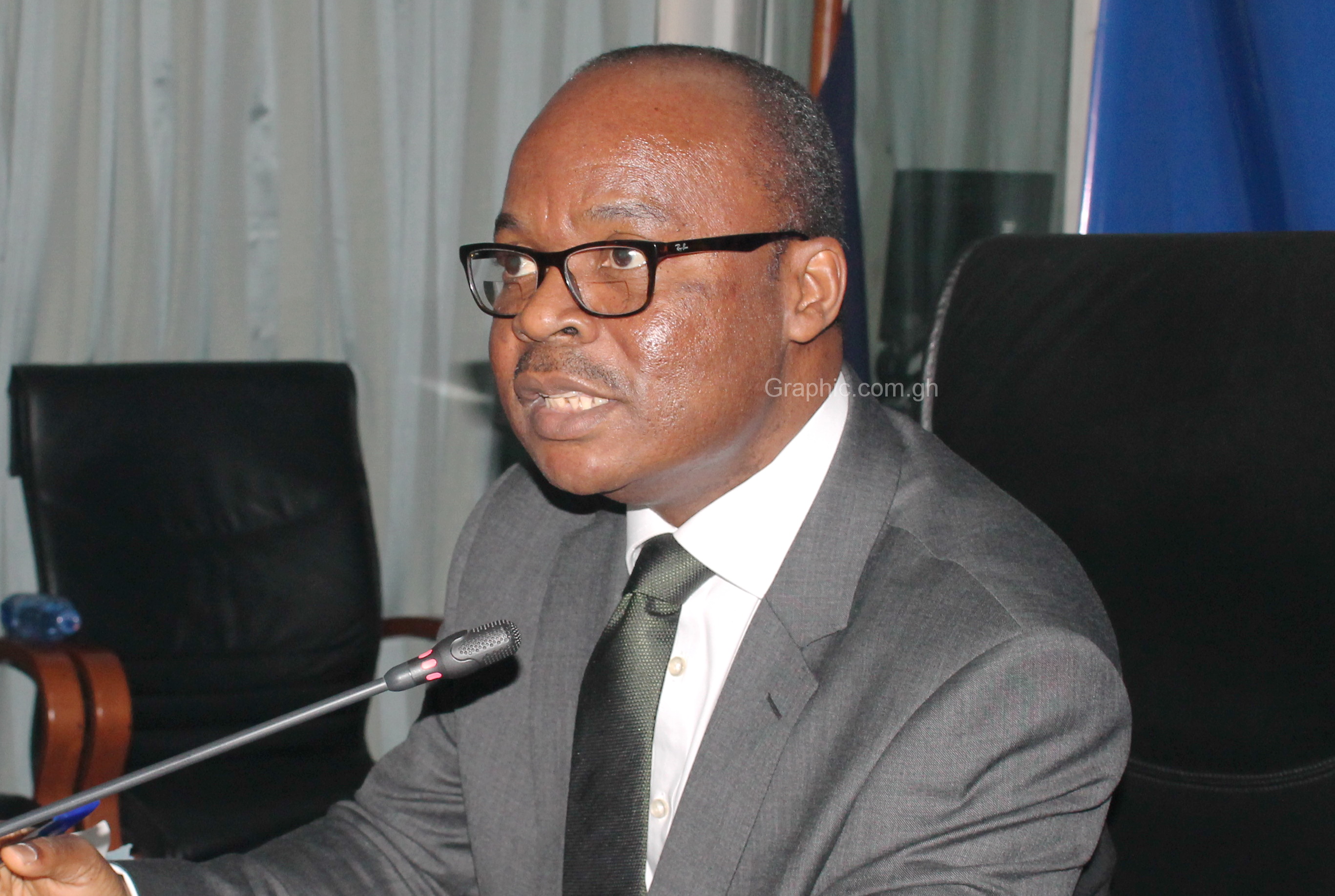
272 Financial institutions in distress
The Bank of Ghana (BoG) says about 705,396 depositors of distressed or collapsed microfinance institutions (MFIs) and rural and community banks (RCBs) are at risk of losing a total of GH¢740.5 million.
The amount represent deposits currently locked up in the 272 RCBs and MFIs which were either in distress or had folded up, the Governor of the BoG, Dr Ernest Addison, said at a media briefing last Tuesday, March 20.
Advertisement
“In terms of significance, the deposits under distress form 8.81 per cent and 52.49 per cent of industry total deposits of the RCBs and the MFIs, respectively,” he said.
Giving a breakdown of the figures, Dr Addison said of the 566 licensed MFIs in 2018, “211 are active but distressed or folded up”.
“Also, out of the 141 RCBs, 37 are active but distressed or folded up. In total, it is estimated that 272 out of the 707 institutions in the sub-sector, representing 38.5 per cent, are at risk. This indicates that approximately GH¢740.5 million is owed to an estimated 705,396 depositors of the distressed or folded up MFIs and RCBs,” he added.
Positive outlook
The BoG Governor made the revelation when he gave an update on the challenges facing the financial sector, which is categorised into two – banks and non-bank financial institutions (NBFIs).
It comes at a time when the BoG has declared uniBank Ghana Limited insolvent and consequently put it under administration for six months, after which its ownership will revert to private shareholders.
In August last year, the BoG withdrew the licences of UT and Capital banks after declaring them illiquid and deficient in capital.
In spite of the challenges facing players in the RCBs and the MFIs, Dr Addison said, the outlook for the financial sector was positive.
He added that the BoG remained committed to promoting strong, viable and stable banks, specialised deposit-taking institutions (SDIs,) RCBs and MFIs to support the country’s growth and development process.
Going forward, he said, the bank would engage with stakeholders as it designed specific measures “to strengthen systems and processes that will improve the industry”.
Good ones
The Chairman of the Ghana Association of Microfinance Companies (GAMC), Mr Collins Amponsah Mensah, said although his outfit did not have complete data on the state of its members, it had resolved to work with the BoG to help address the various challenges in the sector.
In spite of the challenges, he said, strong and professional MFIs still existed, ready and willing to support businesses and individuals find solutions to their financial needs.
He, therefore, urged the public to have confidence in MFIs as they engaged the BoG and other stakeholders to help strengthen their operations.
Banking sector challenges
Dr Addison said when he assumed office in April last year, the sector was “in a considerable state of turmoil” after the collapse of the infamous DKM Diamond Microfinance Limited in 2016.
Prior to his appointment, he said, an asset quality review by the central bank in 2016 had shown that nine banks were already under-capitalised.
He said that revelation prompted the bank to request recapitalisation plans aimed at reversing the trend.
The review exercise also “showed severe deterioration in asset quality in the banking sector” and substantial provisioning shortfalls in a subset of banks (with a combined capital needs of around 1.6 per cent of gross domestic product).
“These toxic balance sheets of banks contributed to a decline in credit to the private sector and higher lending rates and spreads, undermining the transmission of monetary policy rate to the economy through market rates,” he explained.
Shareholders’ offences
Dr Addison added that the depth of the situation had forced the central bank to go into an “unusual forbearance” that resulted in the extension of significant amounts of emergency liquidity assistance to “these ailing banks, some of which were uncollateralised, with accompanying risks to both the BoG, in terms of resources to conduct monetary policy operations and reputation risks, and the banks themselves”.
“It was also clear from the BoG’s banking supervisory reports that some banks and deposit-taking institutions lacked good corporate governance structures. More worrying was the co-mingling of board and management responsibilities, which significantly undermined credit and risk management policies.
“In fact, there were many owner/management conflicts in a number of banks, in addition to connected lending practices without due processes laid down to guide such practices,” the BoG Governor added.





